SUMMARY
This is AI generated summarization, which may have errors. For context, always refer to the full article.
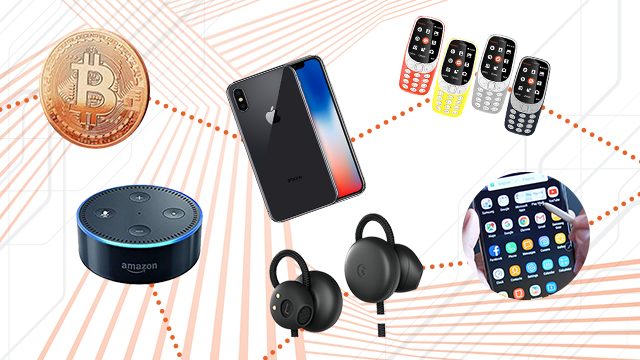
With the year coming to a close, we round up the biggest things that happened in the world of consumer techology. From smartphones to virtual assistants to virtual reality, innovations continue to come in the form of new physical designs such as we’ve seen with Apple’s iPhone – arguably the most hyped phone of the year.
Along with this, we saw the continued push for new consumer-facing technologies such as augmented reality, cryptocurrencies, and AI-focused chips such as the ones found in new Huawei flagship phones. In no particular order, here’s what we witnessed in 2017 from the world of consumer tech:
Year of the X
Apple’s 10th anniversary phone, the iPhone X, was clearly the most anticipated handset of the year. The media frenzy following the announcement in September was one for the books, which had top tech global websites jostling for a leak and paying top dollar for prior information, even betting on how it was going to be named.
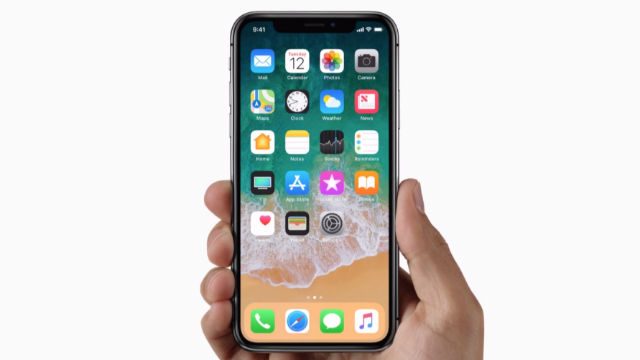
The hysteria was somewhat doused when it was finally revealed that the brand new iPhone would sell for way over a thousand dollars, the most expensive smartphone ever. In the Philippines, the iconic phone is selling for approximately P64,000 plus, with variations in installment and incentive pricing from Smart and Globe.
This is also not to forget that Apple has another advanced smartphone in the running, the iPhone 8, although most of the attention truly had been sopped up by the X.
Samsung and Nokia’s comeback
The silver lining in the iPhone X cloud is that it gave competitors a wide enough room to wiggle in and compete aggressively specs for specs and a share of consumer’s wallet. Samsung, which got toasted in 2016 with the global recall of its burning flagship phone, the Galaxy Note 7, rebounded this year with a brand new smartphone, the Galaxy Note 8.
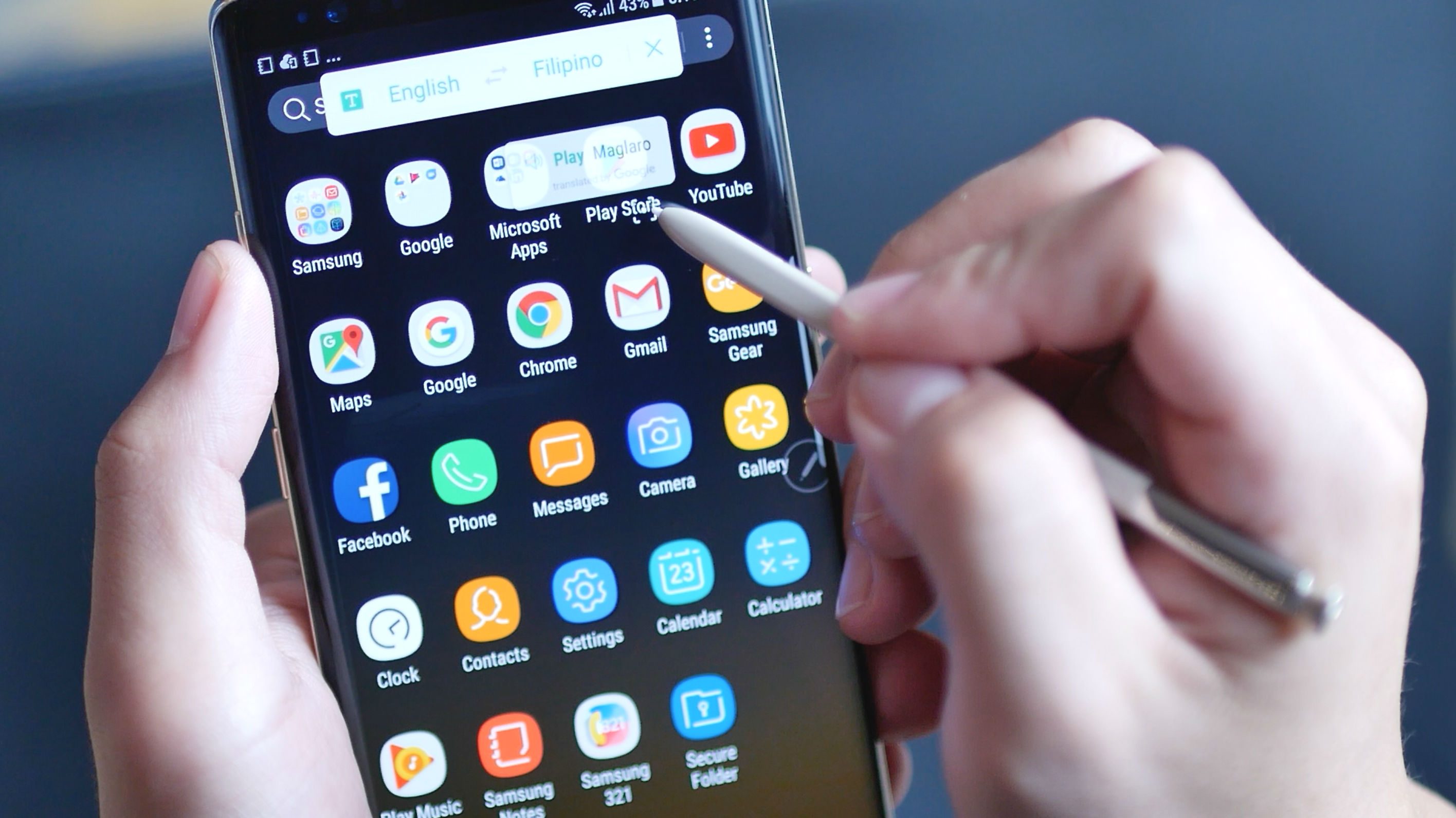
Earlier in the year, we also saw the Galaxy S8 and also the LG G6 which gave us exciting new edgeless designs sporting a thinner (18.5:9 and 18:9 respectively) profile.
And depending on which side of the OS wars one is aligned with – Android or iOS –Samsung got its game and grove back.
But the quintessential comeback kid this year is Nokia, which heralded its return to the hardware market with an Android device called the Nokia 6 in January.
The icing on the cake was the makeover of the Nokia 3310, which was finally unveiled in October with 3G capabilities. Nokia also launched the flagship Nokia 8 and a mid-tier phone, the Nokia 6.
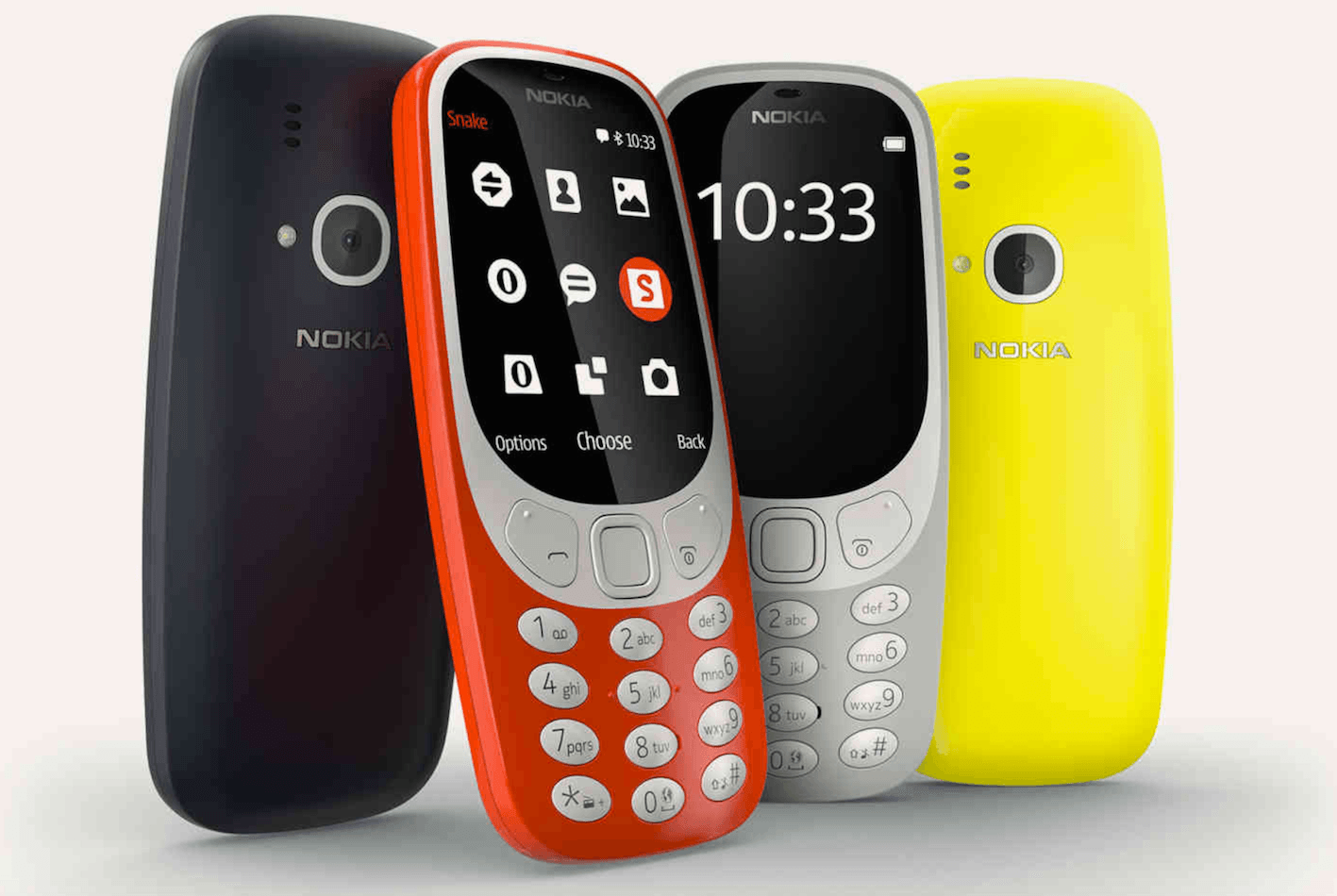
Once the king of handhelds, Nokia is, however, facing a very different tech landscape. Years after it bowed out of the mobile space, consumers are marching to the beat of a very different drummer. The name of the game today is “selfie” and people do not have to shell out loads of cash to get that perfect shot, pimples and wrinkles removed.
Breaking the Apple-Samsung duopoly
In the mid-range segment, the Chinese handset trio – Huawei, Oppo and Vivo – definitely have an edge with competitive pricing and a marketing strategy that sizzles even in the mall corridors. Asus, Lenovo, and other brands have their own competitive offerings.
But it’s Huawei that’s sort of breaking the Apple-Samsung duopoly in the top tier with the launch of its flagship phone, the Huawei Mate 10 and its twin, the Huawei Mate 10 Pro. The Chinese giant snuck by Apple in the middle of the year, taking the second spot in terms of global sales, although Apple’s iPhone X push thereafter may have shaken up the standings yet again.
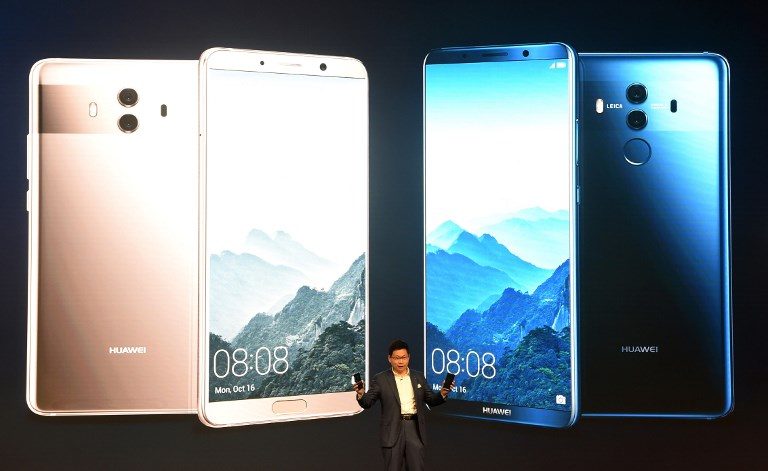
Huawei’s marketing pitch with their Mate 10: artificial intelligence (AI) capabilities, and a very palatable and competitive price tag in the flagship range. Other phones in its lineup this year such as the photography-oriented P10 and P10 Plus and the value-packed midranger Nova 2i round up what has been a great year for the Pia Wurtzbach-bannered brand.
Google continues push in device market
And as if the competition is not fierce enough, the hardware space got even more crowded with Google announcing its new devices for the year.
In October, Google launched the smartphones Pixel 2 and Pixel 2XL, the Daydream View VR headset and the Google Pixel Buds.
![]()
The announcement followed the news in September that Google is acquiring Taiwan smartphone maker HTC, which its spokesman explained as “an overall investment in its emerging hardware business.” Google clearly knows its inadequacy in the retail front: it has no physical stores or showrooms for selling its products.
How this will play out in 2018 and beyond would be interesting to watch, especially as many of these newly launched Google devices are not yet available in countries like the Philippines. When they do become available, would they move the needle in the local device war? Would the local geeks take to a wireless headphone that can translate?
Battle of the voice assistants
Filipinos have yet to experience fully interacting with Apple’s Siri, Microsoft’s Cortana, Google’s Assistant, Samsung’s Bixby and other voice assistants in a big way as many of the devices powered with these conversational software are not yet available locally.
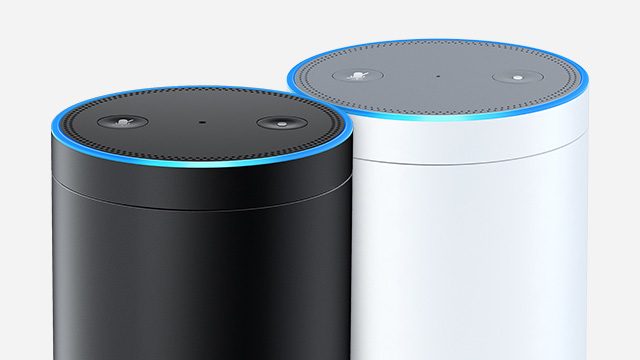
But a new battle royale is already looming in the horizon in this space. Research firm Gartner predicts an acceleration of visual- and voice-search technologies in the next two years.
In 2018, would Filipino homes start to welcome gadgets that they can talk to and boss around to switch on the light, read the news, open and close their doors, or play their music of choice? It still sounds like science fiction and still in the domain of the early adopters, but the certified geeks here are already toying with these devices.
AR and VR, and other realities making progress
A year after augmented reality (AR) entered the lexicon of the Filipino consumer, through the widely popular mobile game, Pokemon, the technology has moved on, along with its twin, virtual reality (VR).
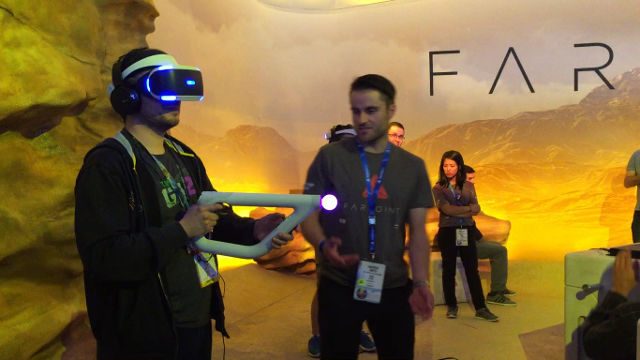
In May, the Philippines saw the launch of the first broadcast augmented reality (BAR) experience, a journey on “a winter playground of faux snow sculptures and stuffed polar bears and penguins.”
On the device front, devices such as the Facebook’s Oculus Rift, Sony PlayStation VR, Samsung Gear VR, Google Daydream View, HTC Vive, have yet to gain mass appeal locally. But AR- and VR-capable smartphones are already out in the market such as the Asus Zenfone AR, which fully supports the Google platform.
Filipinos still “social”
A report confirmed in June Filipinos’ continued enthusiasm with social, with 58% of the Philippines having a monthly active account on the top social network here. Even against the global backdrop of fake news, political propaganda and other ugly realities, the social space is alive and vibrant.
While the most tweeted moments in 2017 is still a hodgepodge of typical Pinoy interests: celebrities, basketball, and beauty pageants, on one hand, and more serious concerns such as class suspensions, storm warnings, the Marawi conflict, and the Asean Summit on the other.
Practical tech and internet speed
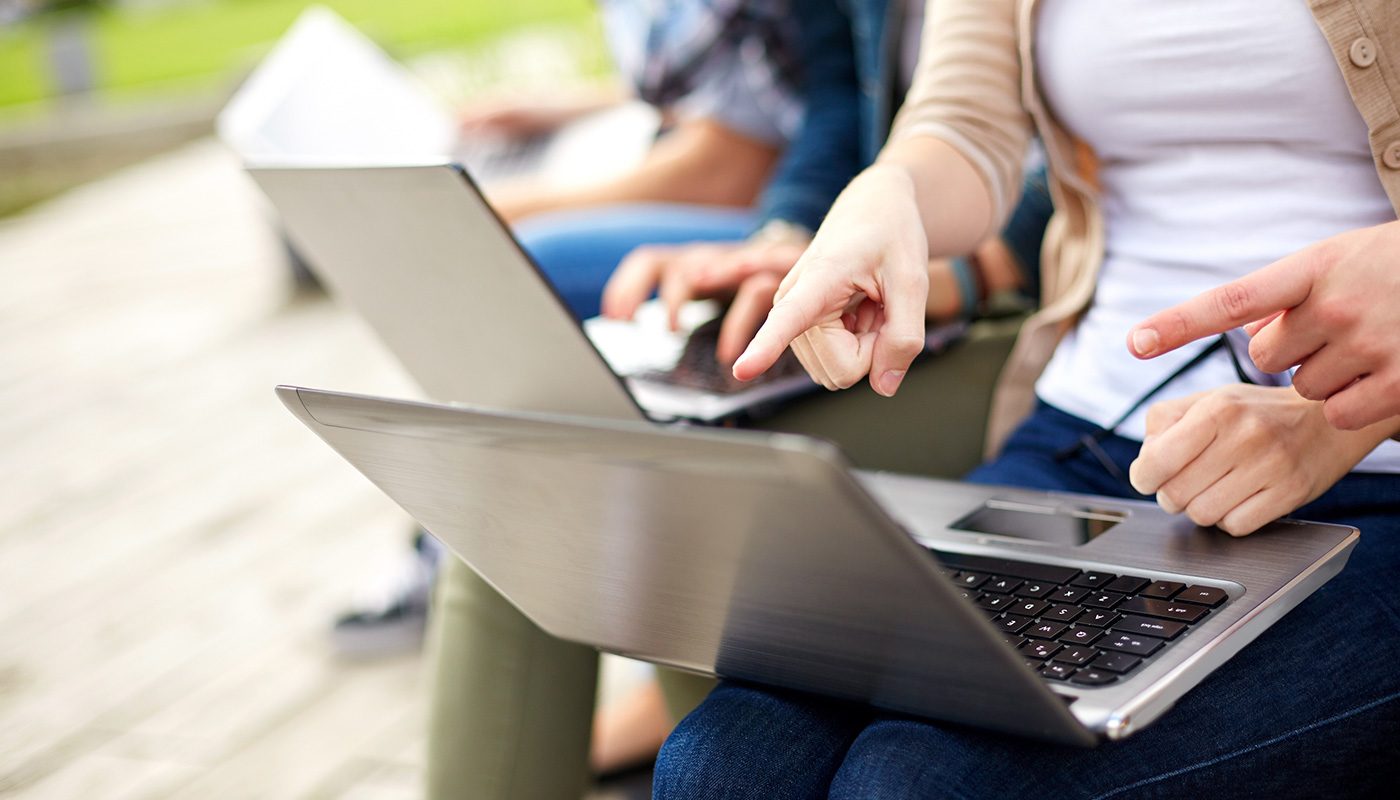
The use of technology in this vast consumer haven is also seeing a seque to more practical things like the use of ride-sharing and transport apps to manage their daily drive or commute, shopping online and paying for online purchases through various fintech apps and services. The question now is internet speed catching up?
A report released in May showed that the Philippines continues to lag behind internet connection speed averaging only 5.5 Mbps versus the global average of 7.2 Mbps. The Philippines also ranked 100th out of 122 for mobile broadband and 94th out of 133 for fixed broadband in the Speedtest Global Index. Whether this is good news or bad news can be hotly debated by the telcos and the consumers in a duel that will forever rage in this side of the world for as long as connection is not fast enough for everybody’s satisfaction.
This isn’t surprising as even some of the smartphones selling below the mid-range today have even better camera, connectivity and other capabilities than the iPhone of 10 years ago. As people want their devices to do more, they expect better connectivity.
As has been the case in previous years, the entrance of more data service providers would benefit the state of internet service packages in the Philippines, forcing market players to lower prices, ultimately for the consumers’ benefit. Legislation such as the proposed Open Access Bill hopes to gain more traction in the following year to allow more players in the market.
The buzziest buzzwords of 2017
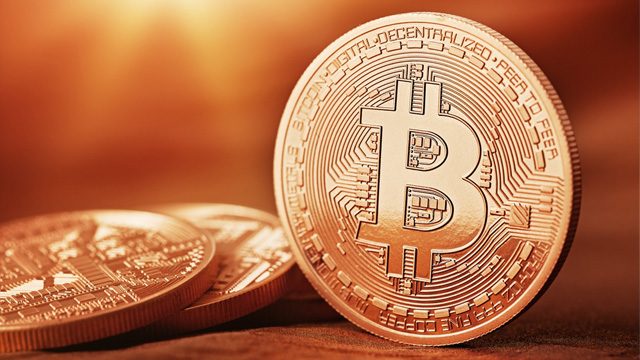
Globally, a new buzzword has emerged in 2017: artificial intelligence or AI. With AI chips now embedded in the most advanced smartphones, it would be interesting to watch what this can do for consumers. But the surprise development in the tech scene this year is bitcoin and other cryptocurrencies. Are Filipinos ready to embrace this cryptocurrency, essentially digital money with a ledger verified by a network of computers instead of a central bank?
Cryptocurrency, as represented by Bitcoin and its staggering rise from $1000 to a bitcoin to highs of $18,000 to a bitcoin in December 2017, has at the very least, forced us to rethink the way we think about what currency is, and the potential form that future currencies could eventually take. Either that, or you’ve started trying to mine or trade for bitcoin – in spite of its volatility – and hope that its value rises even further, as a few analysts believe it could. (READ: Bitcoin breaks $10,000 barrier but analysts warn of bubble)
While the actual usage of bitcoin in commercial transactions is still developing (the number of companies that accept cryptocurrencies is still low), it has some traits that give it some appeal, namely the ability to bypass bank fees for remittances, and anonymous transactions.
Be wary though; some are also saying that bitcoin is a bubble that could pop anytime. Consider it a very high risk investment that could either make you very rich in 2018 or set back your financial plans for the future. – Rappler.com
Eden Estopace is an IT journalist based in Manila. She writes for a Swiss-based media startup.
Add a comment
How does this make you feel?





There are no comments yet. Add your comment to start the conversation.